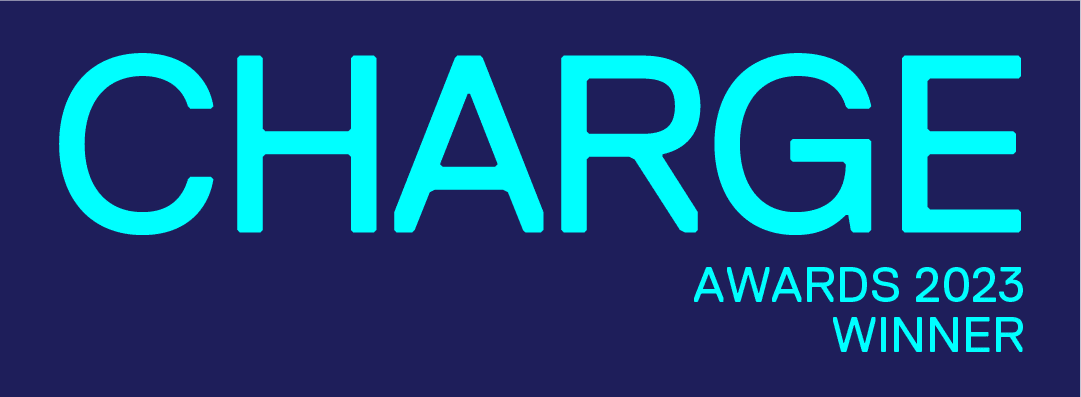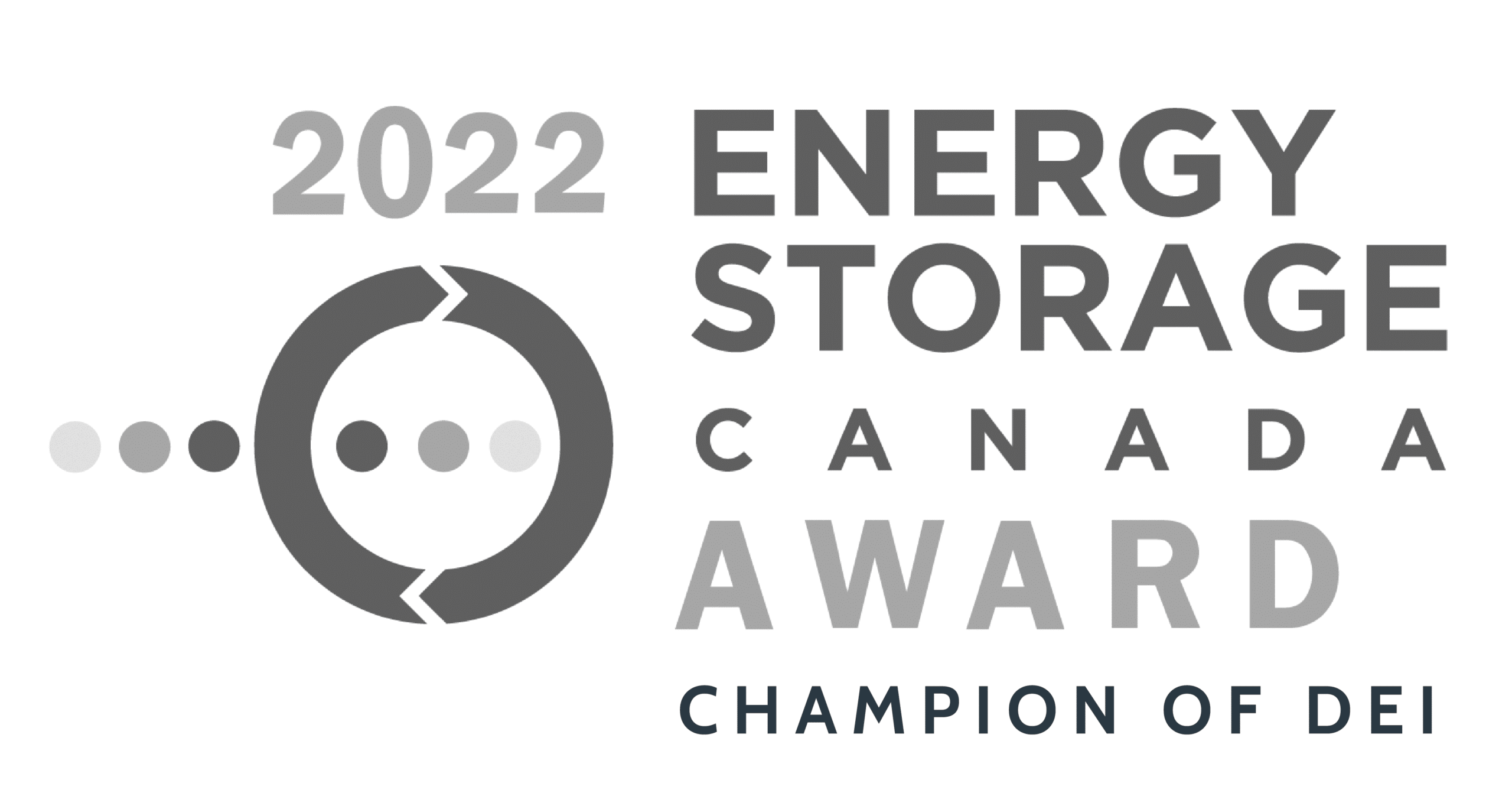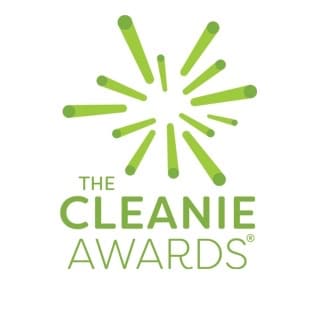As the agency in charge of overseeing the transmission and distribution of electricity in the United States, the Federal Energy Regulatory Commission (FERC) has an outsized influence on the clean energy transition in the US. This ‘FERC 2222 Explained’ article will help you to understand more about the mechanisms involved with this regulation.
FERC regulations have a major role in accelerating the adoption of renewable resources and emerging cleantech by setting out the processes by which energy is connected to the grid. For example, FERC Order 841 removed barriers to onboarding more distributed and behind-the-meter energy storage, while earlier this year the agency proposed major reforms on connecting renewable projects to the grid. In other words, the relatively obscure agency is key to the US meeting its clean energy goals, as Representative Sean Casten emphasized when co-opting a Fergie song to promote “Hot FERC Summer” on the floor of the House of Representatives last year.
FERC Order 2222, issued in September 2020, is no different in the impact it’ll have on the clean energy transition and grid operators across the country. Order 2222 will require transmission organizations and independent system operators, which manage the grids in two-thirds of the country, to enable distributed energy resources (DERs) access to wholesale energy markets. In laying the groundwork for plugging DERs into the country’s wholesale markets, Order 2222 could prove to be one of the most consequential regulations passed by FERC.
FERC 2222 Explained: What does it mean for clean energy?
Distributed energy, as opposed to that produced from traditional power plants, is the future of the American power grid. Renewable DERs, such as rooftop home solar, energy storage, and EVs, are essential to the US transition to clean energy and are a much more accessible way to expand the use of renewables, especially when compared to massive, utility-scale infrastructure projects. However, much remains to be done by grid operators to prepare the country’s transmission and distribution system for distributed energy, which is technologically quite different from the inertia-based, constant stream of power the grid was originally built for.
Order 2222 doesn’t quite address those technical concerns, but it will make the case for DERs much stronger, for both energy producers and their consumers. Under Order 2222, DERs can now participate in America’s wholesale electricity markets. This means distributed energy will be able to compete with power from traditional power plants in the regional markets where electricity is bought and sold in a competitive process. Order 2222 also provides for the aggregation of DERs so they can better compete with traditionally generated power, an application of distributed energy Peak Power is actively developing technology for.
Ultimately, FERC 2222 encourages greater adoption of renewables by placing distributed energy on a more level playing field with legacy power plants. DERs are a much more efficient way to accelerate America’s transition to clean power, as they are easier and quicker to install than large, utility-scale renewable power plants. When aggregating DERs, as FERC 2222 allows for, they become a competitive alternative to power plants. DERs also make consumers more active participants in the energy transition, as their home’s solar panels or EVs can be used to create energy for everyone on the grid.
What does Order 2222 mean for the commercial real estate sector?
As it stands, there are already many benefits for CRE to install DERs at their buildings. Producing off-grid power can help lower energy costs, reduce a building’s carbon footprint, and create resilient backup power. FERC 2222 makes the case even stronger for installing DERs by helping offset a significant portion of their cost. In making it possible for DERs to participate in wholesale electricity markets, there are more opportunities for building owners to contribute the power they generate from their assets to the grids of transmission operators.
Net metering already provides CRE customers with the means to sell excess energy back to the grid, but the current state of net metering is a patchwork of regulations that can dramatically differ by locality. As a federal regulation, FERC goes beyond state-level net metering schemes in making the monetary case for distributed energy. In encouraging CRE developers to install more DERs, FERC 2222 helps make building owners generate revenue from their renewable energy while helping meet their clean energy goals.
What does Order 2222 mean for energy developers and utilities?
Order 2222 accelerates a process that grid operators have long known is inevitable–that the grid would at some point need to accommodate a massive influx of DERs. While more DERs can help other grid operators meet their clean energy goals and rely on less capital-intensive infrastructure for power generation, a sudden influx of DERs can also be a major challenge for them. Distributed power like wind and solar is generated on an intermittent basis and causes greater variability to the grid than the relatively stable power produced by fossil fuel and hydropower plants. Beyond how power is generated, grids were also not traditionally designed to receive generated power from their consumers. DERs like energy storage and EVs can both take power from the grid and send power back to it; while this can be a boon for both consumers and utilities, especially in states with supportive net metering, it can be a technological headache for grid operators.
A grid unprepared for DERs can become unstable and if power is not curtailed, then brownouts and damage to the grid – this is already a major issue in markets like California where solar is prevalent and often needs to be curtailed when supply exceeds demand.
Outside of issues with grid capacity, operators will also need to prepare their grids for various types of DERs. DERs are an umbrella term that brings together very disparate resources, ranging from solar panels and EVs to smart thermostats and small wind turbines. Energy operators will have to figure out how to manage the various types of DERs that could now be plugged into their grid under Order 2222.
Let Peak Power guide you to a future of distributed energy
The good news is that Peak Power serves as a resource for navigating FERC 2222. Our energy experts are prepared to help our customers in America’s wholesale energy markets navigate what they need to do to ensure compliance with Order 2222 and take advantage of the opportunities it offers for distributed energy. We also gather educational resources and stage events like our recent “The Future of C&I with FERC 2222“ webinar, which brought together clean energy experts to discuss how energy operators in Massachusetts and beyond can best prepare for Order 2222.
You can watch the webinar recording on-demand here:
We believe the future of energy is distributed, and our products and solutions are helping to make power plants obsolete as we transition to clean energy. Our cleantech software is designed to take full advantage of DERs and makes it easier for grids to support more distributed energy by equipping our customers with the tools they need to bring their assets into the clean energy future.
Order 2222 presents opportunities and challenges for the grid, but we’re prepared to help operators embrace distributed energy and realize a future without antiquated fossil fuels.
To learn more about how FERC Order 2222 will impact distributed energy and power grids, get in touch with one of our energy experts here.





